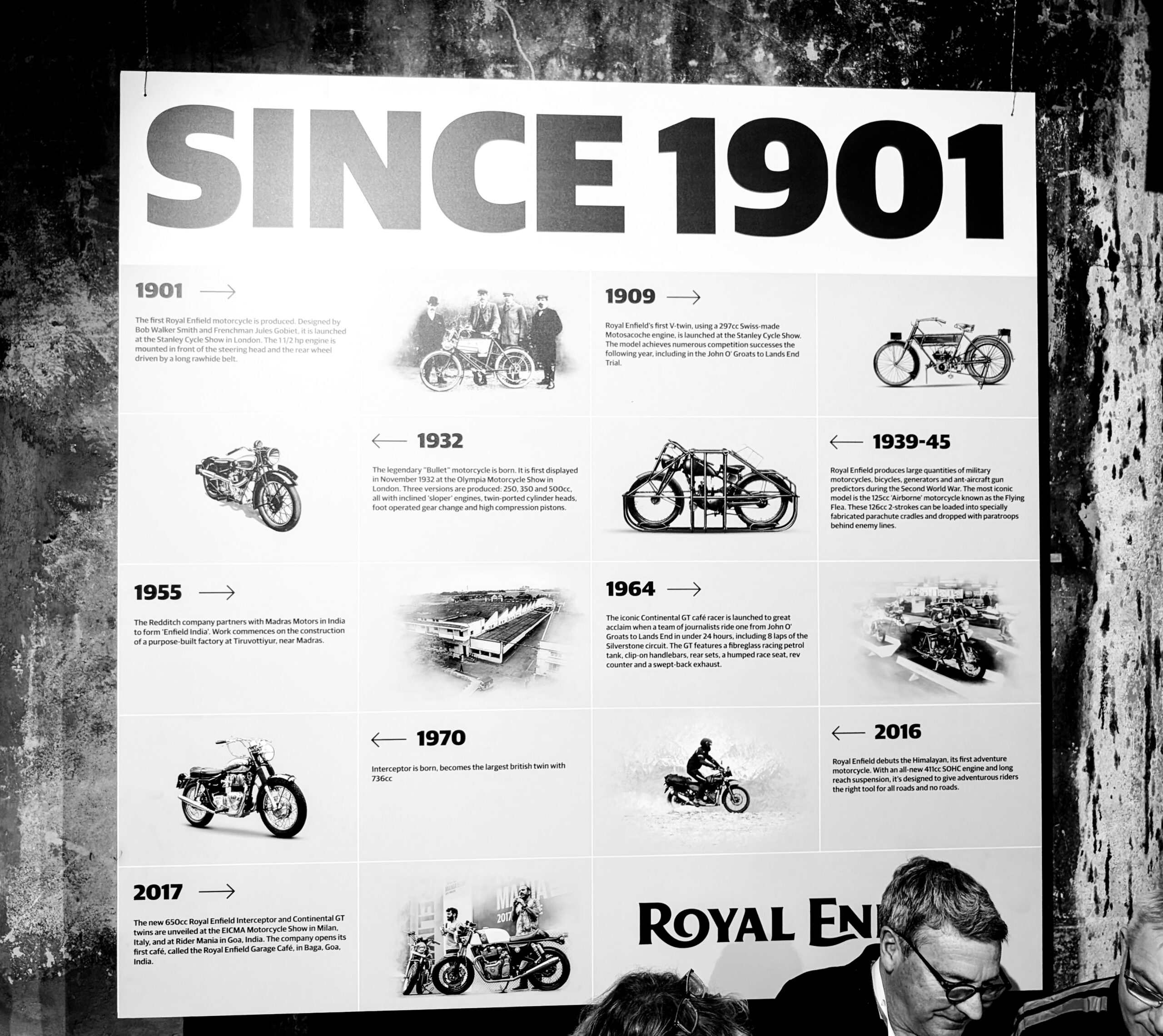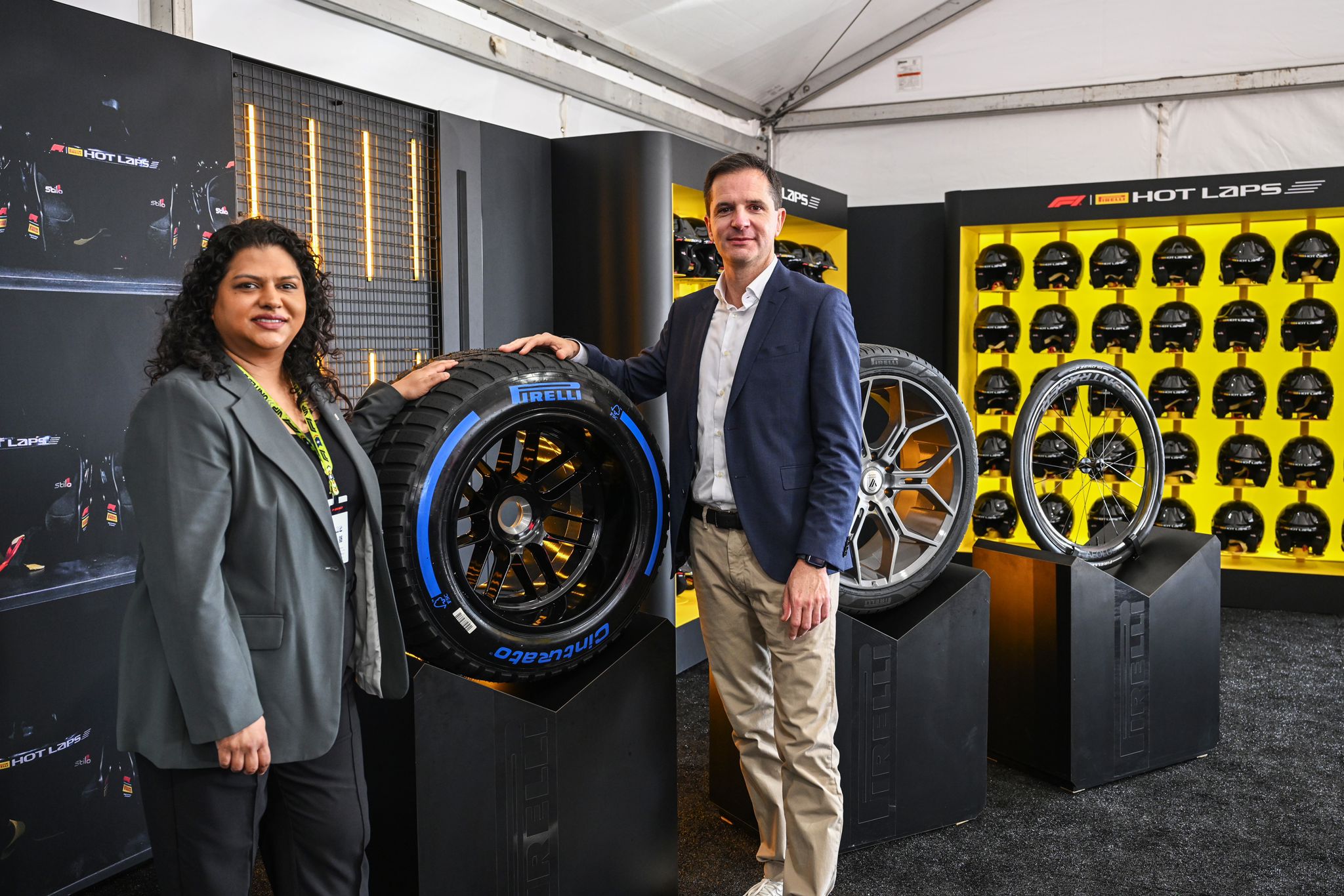
Sign up for daily news updates from CleanTechnica on email. Or follow us on Google News!
President Trump is determined to haul the US back into the dark ages of fossil energy, but that doesn’t mean everybody else has to go along, and they aren’t. The latest example is the new Climate Impulse project, which aims to showcase green hydrogen in a record-setting, non-stop, nine-day flight around the Equator in a fuel cell electric aircraft.
From Green Hydrogen To Climate Impulse
Clean energy fans can contact their representatives in Congress to support energy innovation in the US and help unfreeze the federal R&D dollars that Trump froze upon taking office. Meanwhile, the clean energy transition continues apace elsewhere around the world, and that includes green hydrogen.
In contrast to conventional hydrogen sourced from natural gas or coal, green hydrogen is squeezed from renewable resources. Much of the attention currently focuses on electrolysis systems that produce hydrogen from water, with an assist from a catalyst and electricity from wind, solar, or other renewables (see more sustainable H2 background here).
The green hydrogen market has been slow on the uptake, as the industry is relatively new and costs are stubbornly high. Still, the industry is maturing and costs are coming down alongside technology improvements. In some markets, exigency is also at work — for example, in Europe where energy planners are racing to cut ties with Russia. In other instances, performance is a deciding factor.
Climate Pulse aims to stimulate more interest, more quickly, by pushing the performance angle to the limit.
If the name Climate Pulse sounds familiar, it is. The project was unveiled just about a year ago by its chairman, the Swiss explorer Bertrand Piccard, whose Solar Impulse electric aircraft made headlines around the world in the early 2000’s.
Raising Expectations For Green Hydrogen Fuel Cell Aircraft
Solar Impulse never did give birth to fleets of solar-powered aircraft ferrying passengers back and forth. However, the project achieved its awareness-raising mission. By demonstrating the ability of solar technology to perform under extreme conditions, Solar Impulse served as an important pushback against fossil energy stakeholders and their allies in government. And just look where solar is today.
Piccard has the same expectations for the Climate Impulse project, launched under the wing of the Solar Impulse Foundation in collaboration with the French ecologist and maritime risk-taker Raphaël Dinelli.
“More than a flight, Climate Impulse is an environmental flagship aiming to play its part in revolutionizing the aviation sector and beyond, showing the way to global sustainability through innovative solutions in areas traditionally considered difficult to decarbonize,” SIF explained at the start of the project last year.
Climate Impulse has not let the grass grow under its feet. In a detailed update released last week, Climate Impulse noted that the cockpit has been finished and work has started on the wings, in a technology collaboration with the Belgian firm Syensqo.
Climate Impulse also introduced a 3-D model, which will serve as a test bed and a demonstration of the aircraft’s capabilities. The organization lists take-off, landing, turning, and stability among the areas to be tested.
“This should serve as a powerful demonstration that efficient solutions are already within reach. Our mission is to inspire their adoption, proving that the ecological transition is an extraordinary opportunity to grasp,” explained Piccard.
The Long Road To A Green Hydrogen Flight
Dinelli, who serves as head of construction and co-pilot, emphasized that technology challenges lie between the project and the goal of green hydrogen flight. “We will have to master the safe storage and use of liquid hydrogen to power Climate Impulse over a long period: more than eight days,” he explained.
“We will be increasing the energy performance of the drivetrain by removing technological barriers to the efficiency of the propellers, fuel cells and electric motors and reducing the weight of the tanks,” Dinelli added.
That will be a tough row to hoe, but the project has come a long way in 12 months. Among other contributions from Syensqo, Climate Impulse notes the use of advanced, lightweight composites in structural elements and their potential for use in fuel cells. “Syensqo’s technological improvements could represent an additional range of 9000 km,” Climate Impulse notes.
Piccard and Dinelli have also raised the bar on market potential. Where Solar Impulse was more of a technology showcase, they anticipate that Climate Impulse will demonstrate the viability of green hydrogen flight for commercial adoption.
“If two passengers can fly nonstop around the world, smaller distances can embark larger numbers,” Climate Impulse states. Among next steps, this year the organization will undertake bench-test performance assessments leading to a forthcoming exploration of application to aircraft with seats for 19–20 passengers.
If all goes according to plan, Climate Impulse will take off for the Equator in 2028. Meanwhile, the organization also plans to bench-test the hydrogen fuel cells and propulsion systems this year, including the propeller, electric motor, and batteries.
Here Come The Fuel Cell Electric Aircraft of the Future
Green hydrogen and fuel cells have already caught the attention of Scandinavian Airlines and other aviation stakeholders, though the R&D timeline for commercial flight has discouraged some, including Airbus. Last week, Airbus let word slip that it is pushing its 2035 goal for hydrogen flight farther into the future. Still, Airbus is listed among the Climate Impulse technology advisors, along with Ariane Groupe, Safran, Duc Hélices, EKPO, Green Gt, SDMS, AD Venta, and H2 Pulse.
Meanwhile, startups are still swinging away. On February 3, the US hydrogen fuel cell startup ZeroAvia let word slip that its 600-kilowatt electric propulsion system has passed muster with the Federal Aviation Administration on a key milestone and on its journey towards final certification. The company, which operates in the UK as well, is also working on certification with the UK Civil Aviation Authority.
In addition to fuel cell aircraft, ZeroAvia sees applications for battery and hybrid aircraft, rotorcraft, and drones. “The 600kW system was designed as part of ZeroAvia’s wider ZA600 hydrogen-electric powertrain, designed for up to 20 seat commercial aircraft,” ZeroAvia explains.
“By advancing the aerospace applicability and performance of power electronics and electric motors, the company is progressing discussions to supply the electric propulsion system separately to other clean aviation innovators,” they add.
ZeroAvia is also taking the green hydrogen supply chain under its wing. In 2022, the company formed a partnership with the green hydrogen startup ZEV Station, which focuses hydrogen fueling stations in the airport and aviation market.
Photo (cropped): A new showcase for green hydrogen fuel cell flight is taking shape, towards the goal of a nine-day, nonstop, zero emission flight around the world in 2028 (courtesy of Climate Impulse).
Chip in a few dollars a month to help support independent cleantech coverage that helps to accelerate the cleantech revolution!
Have a tip for CleanTechnica? Want to advertise? Want to suggest a guest for our CleanTech Talk podcast? Contact us here.
Sign up for our daily newsletter for 15 new cleantech stories a day. Or sign up for our weekly one if daily is too frequent.
CleanTechnica uses affiliate links. See our policy here.
CleanTechnica’s Comment Policy




